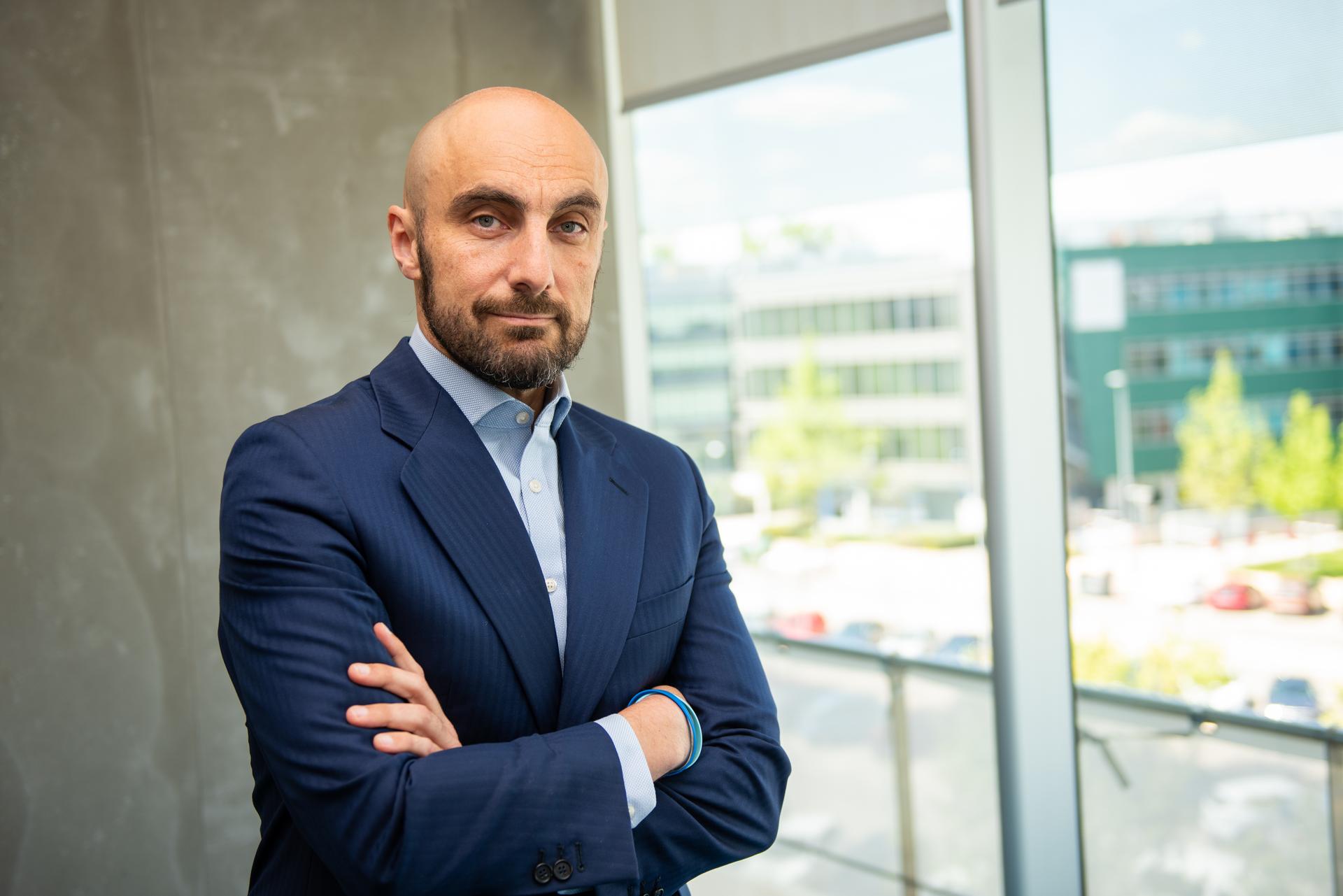Luis Abril, Executive Director of Indrahighlights the growing sophistication of cyberattacks in an interconnected world. He ensures that, although technology is at the service of hackers, it also offers advanced tools to protect critical infrastructure and minimize damage. In the following interview he explains the situation of cybercrime.
Public and private sector organizations have been victims of cyberattacks. If even highly regulated entities implement protective measures, how is it possible that these attacks continue to occur?
The explanation has two main dimensions. On the one hand, technology continually advances and is at the service of both hackers who attack and those who defend themselves. Therefore, those who attack increasingly have more technology at their disposal to carry out more sophisticated attacks.
The other element, which is very relevant, is the fact that we live in an increasingly interconnected world. The hacker can enter and act on an electrical generation plant not only through a computer, but also through the entrance turns or multiple flanks that industrial facilities may have.
Does this imply that we are all exposed to hackers and that there is no way to protect ourselves?
Not necessarily. What increases is the complexity of the world we face as a consequence in part of this globalization and this continuous connection. Technology is at the service of the hacker, but also at the service of the good guys to protect us. There is more than enough technology, increasingly sophisticated, to reach levels of protection that should give us all some comfort.
In the case of institutions that have suffered cyberattacks, are there mechanisms to minimize the damage to users?
In fact, technology allows not only static protection at the moment the attack arrives, but now what companies like Indra and Minsait offer to our clients, who are fundamentally from the business world, is a complete protection plan. These complete protection plans not only protect, they also have remediation plans in place for when protection is not possible and the attack arrives. Technology allows you, on the one hand, to prevent many attacks and, on the other hand, when the attack comes, to have remediation plans to ensure that the impact of the attack is as minor as possible.
Is the increase in cyberattacks in Peru a local or global problem?
This happens all over the world. Not only do attacks happen in all parts of the world, many times the origin of the attacks is external to the country in which they occur. We have encountered many cases in Europe, for example, of attacks coming from Russia. So, there is a lot of intercountry flow in this whole issue of attacks and the countries attacked.
To what extent have companies internalized the advance of cybercrime and the need to protect themselves?
We are facing a quite new world. So, companies are progressively internalizing it, but it is true that since the world moves so quickly, there are some companies that are a bit in deep water. I am not an alarmist, but it is true that reality is increasingly complex. However, technology at the service of good people allows us to guarantee a lot of protection, not only, as I said, in the world of attacks on a computer or an installation in the world of computing and pure technology, but protection even when attacks come. to critical facilities that exceed the scope of computing. For example, an electrical generating plant if attacked can lead to a city going dark. There is technology to protect all that.
Not only the retail sector is exposed to cyberattack…
The classic cybersecurity attack, the one that has been around for many years, is a data hijacking attack, in which they steal your information or prevent you from accessing your computer or steal your passwords, which are the type of attacks that suffer, for example, or that some banks may have suffered. I believe that the next generation of attacks are attacks directed at critical infrastructure, which in some way can hinder the day-to-day functioning of a city or a country.
Are we already entering that second generation?
Yes, we are moving towards it. In technical terms, we differentiate two types of cybersecurity: IT, focused on the protection of traditional computer systems, and OT, focused on the protection of operational technologies and critical assets. This last area is where attention is currently focusing.
What work does Minsait do on the topic of cybersecurity?
Minsait is a technology company originating in Spain that provides fairly broad technology services to clients from all sectors, with a fairly specific geographic focus. In the past we have had operations and projects in more than 50 countries, but today we have chosen to focus on six particularly relevant countries, which are two in Europe: Spain and Italy, and in America precisely Peru, Colombia, Brazil and Mexico. So, to clients fundamentally in these countries we offer a set of technology services where there is a specific division of cybersecurity services.
Take advantage of the NEW EXPERIENCE, receive our enriched digital newspaper by mail and WhatsApp. Peru21 ePaper.
Now available in Yape! Find us at YAPE Promos.
RECOMMENDED VIDEO
















